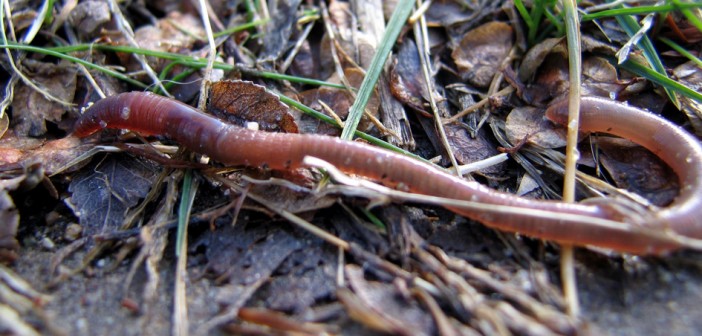The humble earthworm may be a threat to plant diversity in certain natural ecosystems says a new study.
Researchers from Université Laval and Université de Sherbrooke in Canada showed a correlation between the presence of these invertebrates and reductions in the abundance of certain tree and other plant species in the understory of sugar maple forests in southern Québec in Canada. However, this is situation is based on geography as earthworms were introduced to Canada from Europe.
“The most likely explanation is that the earthworms consume organic matter in forest litter,” suggests Line Lapointe, a professor at Université Laval’s Faculty of Science and Engineering and the study’s lead author. This results in soils that can’t hold as much moisture, and that in turn interferes with seed germination and the ability of some species’ plantlets to survive.”
The researchers added, ‘The earthworms found in [North American] lawns, gardens, and farmers’ fields, as well as those raised for bait, all belong to species that were brought here, intentionally or otherwise, by Europeans settlers. Their geographical distribution is closely tied to human activity.’

Photo Credit: Wikipedia Commons
The post Earthworms could be a threat to biodiversity appeared first on Hort News.